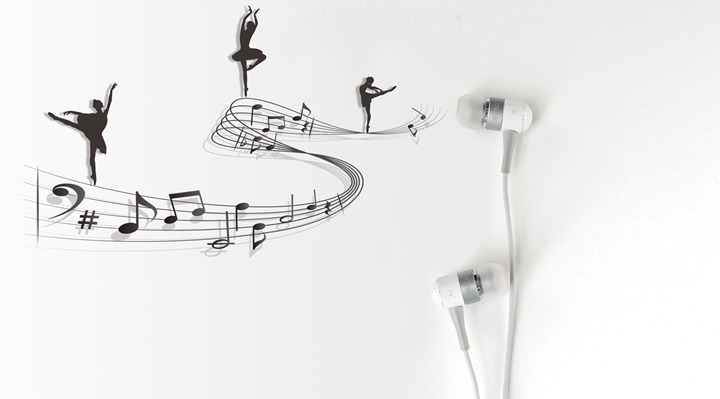
The chase for the best sound quality has been the driving force behind the high-quality audio equipment industry. Manufacturers are racing in implementing innovations that will make their products produce better quality of sound, and some of them, like Rillpac, are going a very long way to stay ahead of the competition in next few years. Others are trying a different approach – to make their high-quality gear more affordable, as to widen their potential consumer base.
Patents are being registered, sometimes they’re being stolen, money is spent for research, complicated mathematical models are being used, psychoacoustics is being employed, and all in the name of search for the best sound quality. But how should a high-quality sound system sound like? More specifically, how should high-quality earphones sign like?
The answer to this can be, not surprisingly, very relative. On one hand, there’s the fact that people get accustomed to a certain level of sound quality. And no matter how satisfying they find it to be, if they acquire a better class of earphones, they will become the benchmark for quality. The benchmark will move up when earphones of an even better class are acquired. So the question of how quality earphones should sound like comes down to the question what is quality, and that is dependent on personal preference and previous experience, hence the relativity.
On the other hand, however, there are some things that are commonly expected from quality earphones, and there are also some things that regular earphones cannot do well, but quality earphones can. For example, because they have small drivers, earphones might have trouble producing low bass frequencies at all, let alone accurately. So, quality earphones with hours of troubleshooting that went into them might be better at tackling the issue than regular earphones.
There are other things that can also help discern high-quality from lower quality headphones. Quality headphones should offer better definition, better dynamics, better clarity, better accuracy, better balance, and a number of different desirable traits. In the same time, quality headphones should produce the sound where a number of undesirable traits are reduced to minimum or even removed completely. Sound decay, different kinds of distortion, harsh sounds, muddy or fuzzy tones are some of the undesirable traits that shouldn’t be present in the sound of quality headphones, or should be reduced as much as possible. This is, of course, achieved by using innovative approaches to tackling the limitations of existing technologies, or finding completely new technologies to replace the old ones.
But at the end of every race to quality is the idea that earphones, just like headphones and speakers, are supposed to make the listener feel as if in the room where the sound is being produced. Good earphones should feel as they were transparent, as if they weren’t even there. The experience of listening to quality earphones should feel as close as possible to the experience of listening the same sounds as they are being produced live in front of us. And as close as they can get to that, the better the earphone sound quality.
